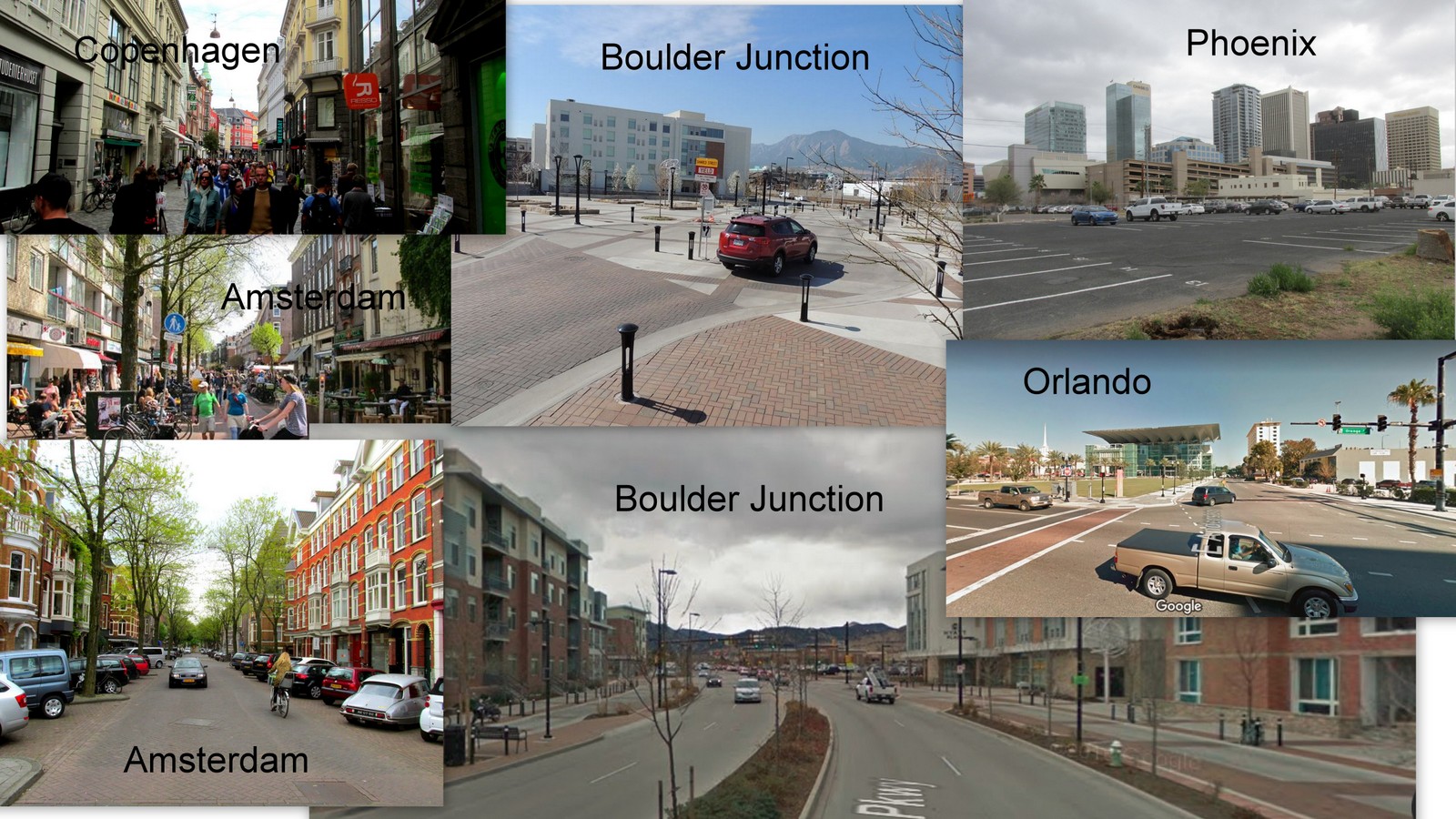By Dom Nozzi
One of the first things I noticed when I moved to Asheville, North Carolina in the fall of 2020 is that Asheville is an extremely noisy city – perhaps the noisiest city I have ever visited or lived in. The high noise levels, of course, lowers the quality of life in Asheville to a point that is far below the quality of life the city could provide.
Indirectly, this strongly degrades the financial health of the city because many of us now know that high quality of life is a powerful economic engine for cities – and conversely, that a low quality of life leads to economic ruin.
Public health is also severely compromised, as chronic noise pollution is known to cause a great many health problems.
I believe for Asheville to make meaningful strides toward being a much quieter city, it needs to establish a four-pronged approach:
1. While adopting a quality noise ordinance is important, it is much more important to adequately fund enforcement of noise management codes by hiring and maintaining a full-time noise management staff running an independent noise management office and maintaining noise management patrolling throughout Asheville. As would be the case in any city, Asheville police are always going to give noise enforcement a lower level of priority when compared to crimes such as burglary or murder, which is an important reason why the police should not be the enforcement agency.
2. Policy adopted by Council and implemented by department heads is needed to ensure that city services such as emergency response are promoting the achievement of City noise reduction goals. Emergency vehicle sirens are overused in nearly all US cities, and causes an enormous amount of noise pollution. Bloomington IN is one of a number of cities I know of that – at least when I briefly lived there in 2008 — effectively reduced emergency siren use through the adoption of department policy.
3. Zoning amendments and new prohibitions are needed to prohibit inherently and nearly continuously loud motor vehicle service, repair, large truck deliveries, and car washing from being located within, say, 300 feet of homes. Existing services in violation of this would become non-conforming and would receive on-going guidance from staff on how to operate more quietly. A noise ordinance is not, by itself, sufficient to manage this problem without a spacing requirement provided by zoning. Prohibitions need to be considered for relatively high-level noise polluting devices such as leaf blowers and burglar alarms. These might be location-specific prohibitions, more stringent time-of-day restrictions for blowers, and three-strikes-and-you’re-out enforcement for too many false alarms.
4. Capital projects to address what is by far the largest source of noise pollution in Asheville: motor vehicles. Motor vehicle noise pollution is the main reason Asheville is relatively noisy, and it is due primarily to oversized roads such as Broadway, Merrimon, Biltmore, Charlotte, and Patton, as well as a number of Interstate highways in the Asheville area – particularly I-240. Because higher-speed vehicle travel directly translates into higher levels of noise pollution, traffic calming measures for several Asheville roads is essential to meaningfully reduce Asheville noise pollution – particularly those I mention above. The most powerful way to calm traffic (that is, induce meaningfully slower, quieter, safer, more attentive motor vehicle travel) is to remove excessive travel lanes. Most commonly this means taking an existing 4- or 5-lane road to 3 lanes (2 travel lanes and a turn lane). Calming should also include horizontal reductions such as narrowing travel lanes, woonerfs in the town center (such as Wall Street), landscaped bulb-outs, chicanes, speed tables, adding on-street parking, and using human-scaled signal lights such as post-mounted traffic signals (and street lights no taller than 14 feet) in the town center. Vertical interventions such as speed humps are undesirable for many reasons – particularly for emergency vehicles and increased noise pollution. Note that the new administration at the Federal level has signaled interest in converting urban interstates into boulevards. Asheville should use its legislative lobby to urge a Federal or State project to convert I-240 to a boulevard as a first-in-line case study. In the interim – or even if conversion to a boulevard does not occur – homes and businesses within relatively high sound contours of I-240 need to be protected from noise pollution by constructing noise-canceling sound walls along I-240.
Note that very few Asheville citizens know much at all about noises which are currently illegal. And even less know who to call to file a complaint. Others are not sufficiently assertive to complain, or often feel their complaint is not worthy of enforcement. This is all the more reason to maintain full-time staff who patrol the city.
Like nearly all other cities in America, noise pollution is about the only form of pollution that we are losing ground in controlling. Such pollution has been growing increasingly worse – particularly with advances in various safety, convenience, motor vehicle, and entertainment technologies.
It is important for Asheville to be serious about protecting and promoting its quality of life. Leadership is necessary to prevent further erosion in that quality due to growing noise pollution. Not showing assertive leadership in achieving necessary noise management goals will lead to a significant decline in economic health, tax revenue, and public health.





